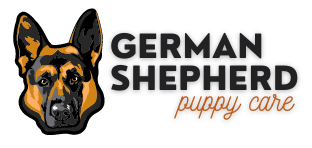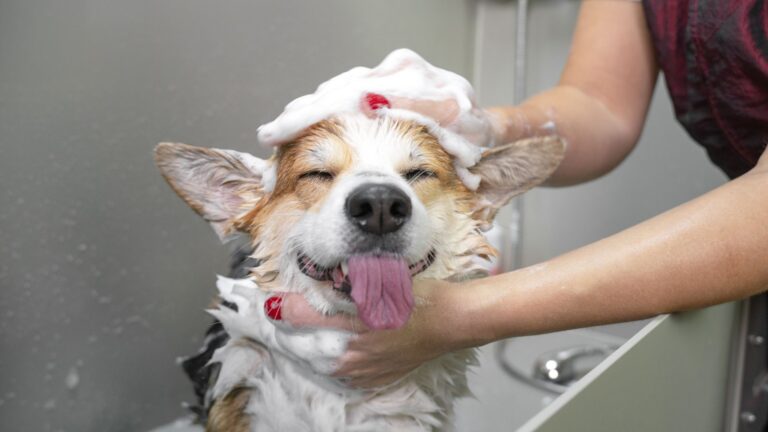Dogs, our faithful companions, are not naturally inclined towards bathing. In fact, they often shy away from water, making the concept of a bath foreign to their instincts. However, it’s important to recognize that when we do bathe our dogs, we do so for their well-being, not just ours.
The Natural Behavior of Dogs towards Bathing
Dogs’ aversion to water is rooted in their natural behavior. They might enjoy a swim, but the act of water falling on them can be unsettling. Understanding this behavior is crucial in determining the right approach to bathing.

The Pitfalls of Over-Bathing
- Excessive Hair Fall Bathing too frequently can lead to excessive shedding. This happens because bathing strips the natural oils from a dog’s coat, leaving it more prone to hair fall.
- Persistent Scratching and Itching Over-bathing can also lead to dry and irritated skin. This discomfort prompts dogs to scratch and itch excessively, causing further distress.
- Dry Skin Issues Dry skin is a common consequence of frequent bathing. It can lead to flakiness, redness, and discomfort for your furry friend.
Finding the Right Frequency
- Factors Influencing Bathing FrequencyConsider your dog’s breed, lifestyle, and activities. Active dogs may need more frequent baths, while less active ones can go longer between washes.
- Professional Recommendations Veterinarians and groomers often recommend bathing your dog once every three to four weeks. This strikes a balance between cleanliness and preserving natural oils.
Benefits of Infrequent Bathing
- Maintaining the Natural Oils Infrequent bathing allows the skin to retain its natural oils, which are essential for a healthy coat.
- Preserving the Skin’s pH Balance Bathing too often can disrupt the skin’s pH balance, leading to various skin issues.
- Reducing Stress for Your Pet Bathing can be a stressful experience for dogs. Minimizing it helps maintain their mental well-being.
How to Properly Bathe Your Dog
- Choosing the Right Products Opt for dog-specific shampoos and conditioners. Avoid harsh chemicals that can strip the coat of essential oils.
- Creating a Calm Environment Find a quiet, comfortable space for bathing. This helps reduce anxiety for your dog.
- Gentle Handling TechniquesBe gentle and reassuring throughout the process. Use lukewarm water and avoid getting soap in your dog’s eyes or ears.
Signs Your Dog Might Need a Bath
- Unpleasant Odor If your dog starts to emit an unpleasant odor, it might be time for a bath.
- Visible Dirt and GrimeObvious signs of dirt and grime indicate that a bath is in order.
- Irritated Skin or AllergiesIf your dog is showing signs of skin irritation or allergies, a bath with a soothing shampoo might provide relief.
Steps to Take Between Baths
- Regular BrushingBrushing your dog regularly helps remove dirt and debris, keeping their coat clean and healthy.
- Paw and Face WipingUse pet-friendly wipes to clean your dog’s paws and face between baths.
- Dental CareRegular dental care is crucial for your dog’s overall health and hygiene.

Conclusion
In determining when to bathe your dog, it’s essential to strike a balance between maintaining their cleanliness and preserving their natural oils. Following a reasonable bathing schedule and employing proper techniques will ensure a happy and healthy pup.
Frequently Asked Questions (FAQs)
- How often should I bathe my dog?
- The recommended frequency is once every three to four weeks.
- What should I do if my dog hates baths?
- Create a calm environment, use gentle handling, and offer treats for positive reinforcement.
- Can I use human shampoo on my dog?
- It’s best to use dog-specific shampoos, as human products may not be suitable for their skin.
- What if my dog has sensitive skin?
- Opt for hypoallergenic, gentle shampoos designed for sensitive skin.
- Are there exceptions to the bathing schedule?
- Yes, active dogs or those with specific health conditions may require more frequent baths. Consult your veterinarian for guidance.


